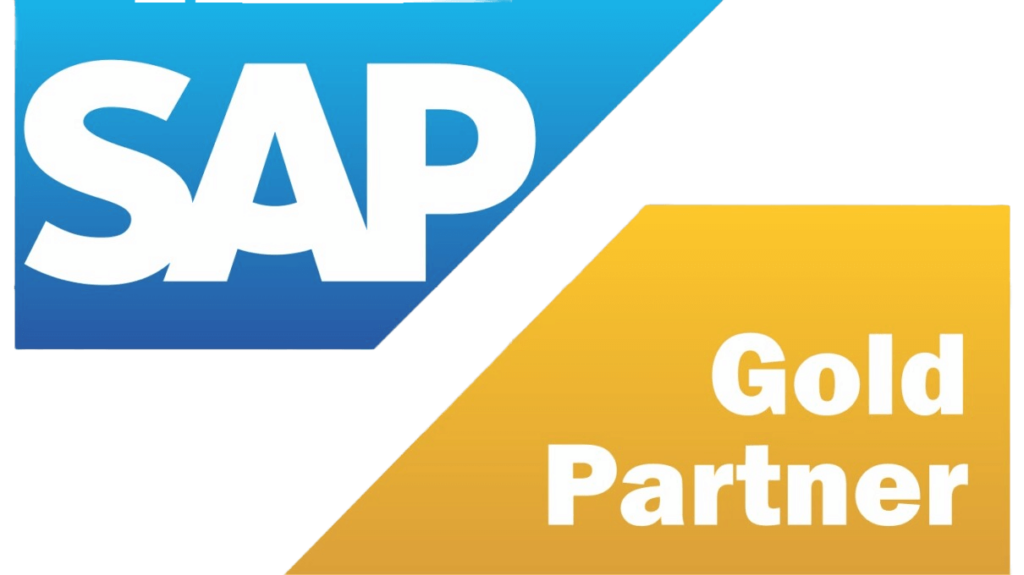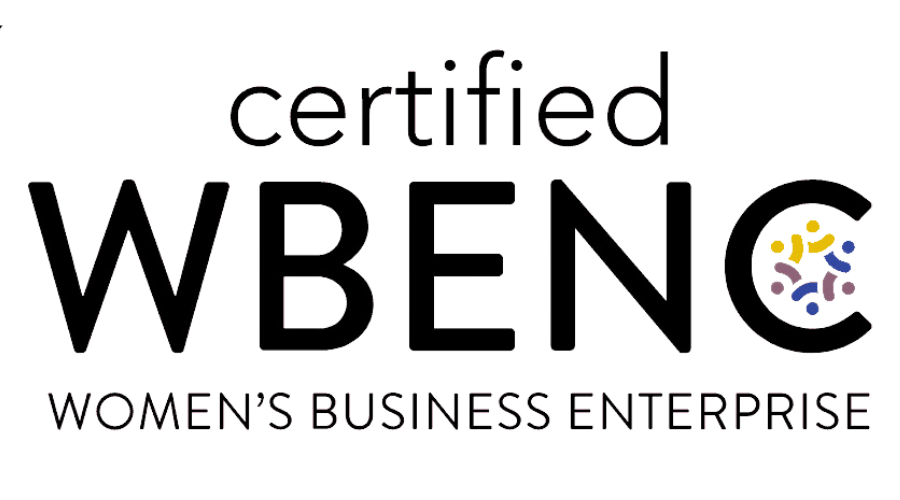ECM’s Evolution: Digital Content Services Move to the Cloud
You have probably heard of the RISE with SAP program recently announced by SAP (if not, learn more here). It is designed to help clients take advantage of the power and flexibility of the SAP S/4HANA and transfer their digital content services to the cloud with minimal business disruption. This is essential for any business to stay agile and competitive in today’s unpredictable business climate.
While cloud platforms have quickly reached an enterprise-capable maturity level, digital content services are nothing new. For many years, the group of products and services that comprise digital content services were known as Enterprise Content Management (“ECM”), and in the last few years have gone through a dramatic evolution. These changes have been so dramatic that in 2017 Gartner analysts declared the ECM market as dead-see more details on this below-and refer to today’s solution market as simply Content Services. In this article Optima’s experts provide a brief outline of this important evolution, and essential next steps for businesses challenged with how to react to these changes.
The History of ECM
Historically, ECM started as an isolated application, mainly as an evolution of a company’s shared drive. In the beginning, Document Management systems philosophy recommended that an organization create a unique repository-a single source of truth-where content could be stored, managed, searched, and retrieved. It provided new levels of information control and governance with these powerful document and records management solutions, and in time, organizations collected high volumes of structured and unstructured content. ECM software allowed this content to be accessed and searched for users and auditors, providing exceptional document governance and compliance functionality.
Digital Transformation and Enterprise Content Management
As these libraries of information grew, it became clear that simply storing and managing content was not enough. The leading applications took the next important step and introduced the concept of ‘digital transformations’, helping companies realize the true value in integrated content, delivering and presenting relevant data and documents to support process productivity. In this scenario, ECM features such as control and governance were moved to the background to support the business applications.
Content Services and the Death of ECM
As ECM continued to mature and evolve, so did our understanding of the value of content. Companies still needed the core organizational functionality of ECM, but they also needed a new way of integrating content into their digital business workflows. Content Services were born, adding a new layer of integration on top of installed ECM systems to create a more comprehensive Content Services Platform.
In the past, dramatic shifts in technological strategy forced a “rip and replace” approach, implementing an entirely new software/hardware platform. The sophisticated approach of content services allowed users to access the right content within the applications they were most comfortable with. At the same time, it provided the required control and governance functionalities to enable secure information sharing and collaboration across the enterprise and with external partners. This shift was an important change in the industry, and is what Gartner analysts called the “Death of ECM.”
Transition to Cloud Content Services
Today, we are going through a new shift and the natural logical step of our technological evolution-business applications and the information they manage are now moving to flexible, integrated cloud-based content management environments. These solutions provide similar capabilities to on-premise solutions with less organizational disruption and initial cost.
Cloud content services accelerate the ability to integrate with leading applications that drive business processes (think SAP, Microsoft, Salesforce, etc.) and connect them to a central content management platform. This integration allows corporate governance policies to be applied to previously isolated information and creates a bridge that delivers siloed information to processes and people who can use it to support business goals.
A Digital Content Strategy is Essential
The evolution of ECM into content services makes one conclusion very clear-content services and especially flexible cloud-based content service platforms are key to extracting the value from the massive quantities of data and documents businesses generate every day. The next step for businesses that want to remain successful is to define a clear digital content strategy to maximize the value of their current environment while they transition to next generation solutions. Those who fail to plan ahead and delay their transition will cause significant disruption to their business and will be at a measurable disadvantage to firms who already have the flexibility, scalability, and integration capability of cloud-based CSPs.
It’s important to note that there are a variety of cloud delivery options, each with its own set of possibilities and pitfalls. The Optima team has been working with our clients in these transformations for years, and with an understanding of your content strategy and goals, we can help you decide the best path forward.
To be notified first of post and webinars covering best-practices and guidance in leveraging RISE with SAP as you optimize and expand your digital content strategy, follow us on LinkedIn today.
Your first step to developing a clear Digital Content Strategy is a DCS Health Check, a low-cost, comprehensive evaluation of your current environment and goals. In this high-ROI engagement, our experienced Optima team will help you understand your current environment, diagnose immediate problems or potential pitfalls, and establish the foundational knowledge to build a scalable strategy designed to accelerate your growth and eventual transition to the cloud.
Learn more about our DCS Health Check below, and how it is a vital first step to take advantage of RISE with SAP, a bundle of powerful services, tools, and strategies offered through experienced SAP partners. Contact us to schedule a no-cost discovery session to discuss your current environment, challenges, and goals.







